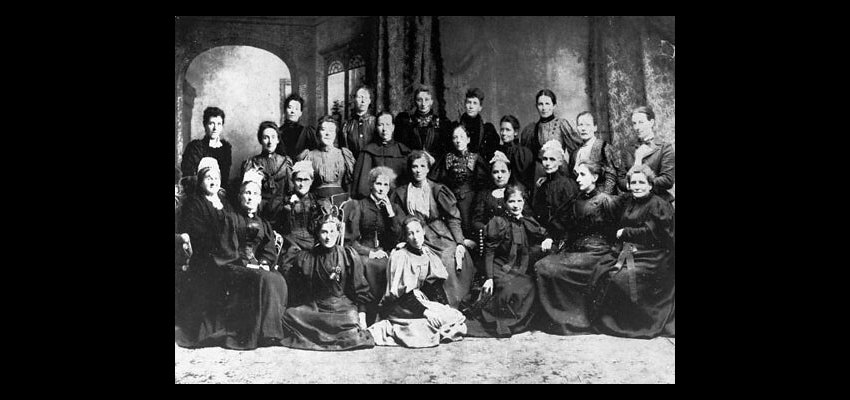Key stakeholders — 1893 Women's Suffrage Petition

National Council of Women 1896, many of whom were involved with the 1893 Women’s Suffrage Petition. Flickr. CC BY 2.0.
Inquire into the Women's Suffrage Petition stakeholders and what influenced them to take action. Consider the outcomes of their actions and the effect on others' lives.
Concepts
Suffrage, gender equality, change, identity, organisation, participation, persistence, documents, past events, our future.
He Tohu themes: people, living together.
What to do
Inquire into a stakeholder involved with the petition
Explain that a 'stakeholder' is a person, group, or organisation that is interested in and/or affected by an event, action, or issue.
Ask students to choose one stakeholder (person, group, or organisation) involved with the 1893 Women’s Suffrage Petition.
Examples of 1893 Women’s Suffrage Petition stakeholders include: Kate Sheppard, Meri Te Tai Mangakāhia, Richard Seddon, Henry Fish, John Hall, the Tailoresses’ Union, the Legislative Council, the Lower House, a domestic worker (servant), a 12-year-old child, a husband, the 32,000 women who signed the 1893 petition, a member of the liquor lobby, the Kotahitanga movement.
Students then answer the following questions for their chosen stakeholder:
Who is your chosen stakeholder (person, group, or community)?
What influenced your chosen stakeholder to take action?
What ideas underpinned their action(s)?
How did the nature of society at the time impact on their ability to take action on this issue?
What were some short- and long-term impacts of their ideas and actions?
Some useful resources
Topic Explorer:
Curriculum links
The content on this page and the resources it links to can be used across te ao tangata | social sciences learning area of The New Zealand Curriculum. They can also be used for Tikanga ā-Iwi within Te Marautanga o Aotearoa.
Find out more about these curricula on Tāhūrangi.
